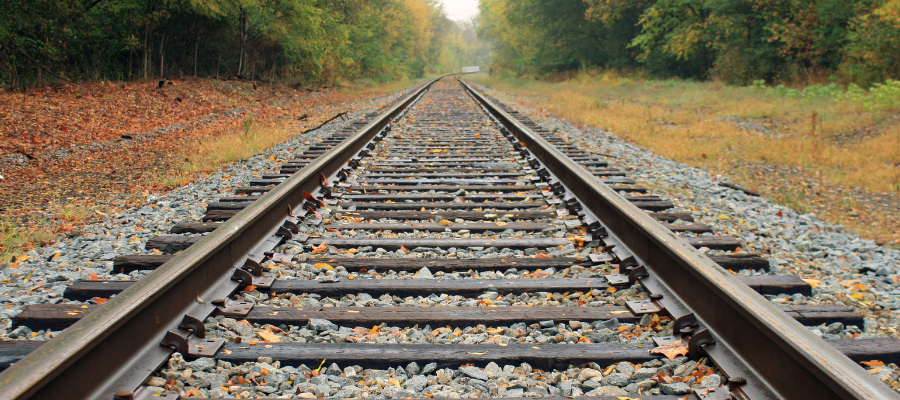🕒 Article read time: 4 minutes
The growth of digital twins in the rail industry

A digital revolution is currently sweeping across the rail industry. Digital twins are software representations of a physical asset, system or process and they are being used across the industry to improve the design, functioning or planning of a vast array of operations.
Now one of the most talked-about technologies in transport, digital twin software uses ‘real world’ data to create simulations that predict how a product or process may perform in the physical realm. As the technology rapidly evolves, the rail industry is looking at how digital twins can be applied to benefit freight operations.
NETWORK RAIL WALES AND WESTERN REGION
Network Rail aims to be at the forefront of digital twin development, according to the company’s Programme Manager for Building Information Modelling, John Nolan. In October 2020, Network Rail partnered with Bentley Systems to use digital twin technology to develop and devise new signage at its London Paddington station, and for the purposes of signal sighting at Exeter station. At a time when the COVID-19 pandemic placed restrictions on the movement of personnel, the use of digital twins enabled the creation of 3D models of the stations through the existing information available: LiDAR (light detection and ranging) and point-cloud data. Within days, technically and visually accurate models of the stations were conceived, allowing Network Rail to complete its projects despite the prevailing restrictions.
On winning an award for the project, Nolan said: “Bentley technology has enabled Network Rail to capture the real-world state of a project and mirroring it in a virtual world, creating digital twins of Exeter and Paddington Stations, that in addition to addressing the requirements of the projects for which they were first conceived, provides a valuable digital record of assets that can be utilised for many other projects in the future, reducing the need for further site visits, inevitable delays, and unnecessary cost.”
GREATER ANGLIA
Many rail operators in Japan, a country known for having one of the world’s most reliable and safe train services, use digital twins to manage their timetables effectively and keep delays to a minimum. Inspired by their use of the technology, Greater Anglia teamed up with Toshiba Digital and Consulting Corporation (TDX), which has a 100-year history with Japanese railway industries, and Mitsui, to design its new timetable. Touted as the first such use of digital twin software in the UK rail industry, the technology was used to identify any potential conflicts with timings or platforms, so the team at Greater Anglia could plan the timetable to prevent or reduce any delays.
After TDX team collected the necessary data – such as train acceleration and braking performance – the team engineered a simulator model: the digital twin. This was able to alter train timings and platform allocations and, if shown to be viable, was then inputted into the real-world timetable, making the system more efficient and robust than more manual, pre-digital twin processes. The trial was successful in improving train punctuality and is now being rolled out across the network.
NEXT STEPS
Zoe McLernon, Logistics UK’s Multimodal Policy Manager, said: “While use of digital twins has long been a staple in engineering, advances in machine learning, artificial intelligence, and big data are accelerating the application and effectiveness of the technology. As such, we expect to see the use of the software become more commonplace in rail.”
One of the key objectives of the National Digital Twin programme – a project run by the Centre for Digital Built Britain – is to enable a National Digital Twin: an ecosystem of connected digital twins to foster better outcomes from our built environment. As one example of support for this programme, the operator of HS1 plans to introduce a digital twin condition-monitoring system on its network this year to monitor and maintain its assets in a more efficient and sustainable way.
“Providing an opportunity to plan, design and construct new projects more effectively than traditional methods – as well as improving the performance, safety and efficiency of existing systems – digital twins have a bright future in rail,” McLernon said. “At Logistics UK, we look forward seeing how our members, along with the wider rail community, utilise the technology to improve services, particularly under the challenges of the COVID-19 pandemic environment.”
*www.logistics.org.uk/rail
Published On: 18/03/2021 17:00:26

Comments Section
If you are a Logistics UK member login to add comments.